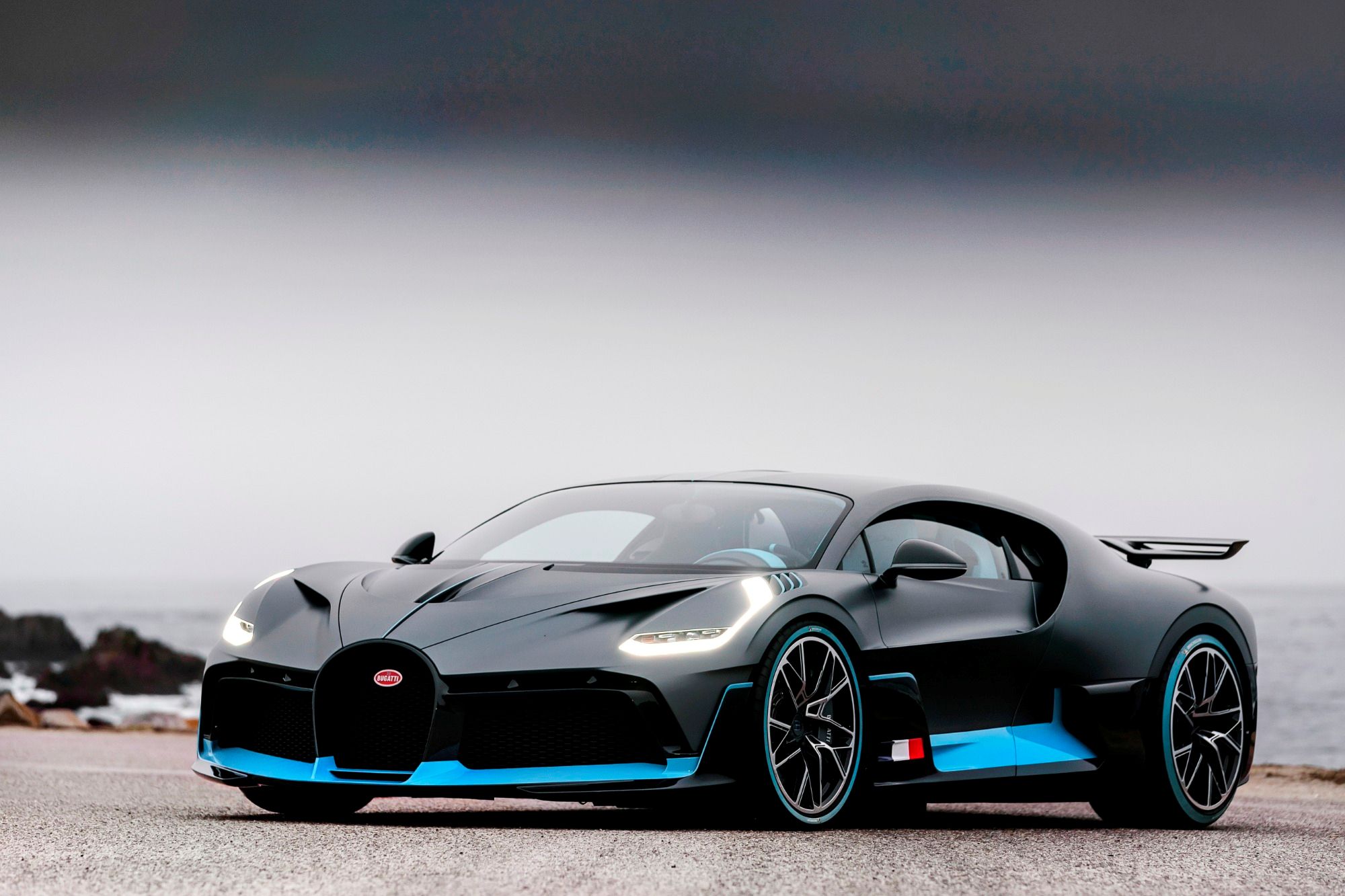
Bugatti is expanding its 3D printing capability, developing highly accurate 3D-printed components that will be used in the upcoming Bolide. The brand recently allowed fans to take the new hypercar for a virtual spin, but now we get to take a closer look at what makes it tick.
Bugatti is developing lightweight components that can bear the weight of a reinforced concrete column, and it's doing it all with the latest in 3D printing. The manufacturer is using hollow titanium structures to create parts such as pressure-loaded coupling rods in the chassis of the Bolide that can withstand up to 3.5 tons of pressure. The awesome bit? It weighs only 100 grams.
In 2018 the company printed the world's largest titanium component, a brake caliper, and has since followed this up with the world's largest hybrid functional assembly made of 3D-printed titanium and coiled carbon.
"These components are extremely lightweight, robust and durable, and therefore absolutely suitable for use in production vehicles," says Frank Gotzke, Head of New Technologies at Bugatti.
Bugatti has also found a way of including radial compressors on ultra-lightweight magnesium forged wheels. These creations pump air out of the wheel housings which cools the braking system and minimizes lift. Unlike the mono-material technique used on other models, the Bolide components take on a hybrid structure consisting of a central bowl made of 3D-printed titanium with a thickness of 0.48 mm incorporating a 0.7-mm thick carbon plate with smaller inner blades.
The wheels also feature cross-pieces with a width of 0.48 millimeters, weighing only 100 grams that further increases the rigidity of the setup. This all weighs up to a total of just under 400 grams for each 18 ¼-inch turbofan in the rear, and 17 ¼-inch turbofan at the front.
The devil is in the details as they say, and the Bugatti Bolide will feature tons of hidden gems such as a mounting bracket for the front wing which has three different angle settings, This titanium printed part has a hollow interior, a wall thickness of 0.7 mm, and a weight of only 600 grams and can withstand aerodynamic downforce pressure of up to 800 kilograms. The rear wing can face up to 1,800 kg when traveling at 200 mph.
What makes this wing so strong is a mix of a carbon fiber which forms part of a central carbon fin. On the inside of this wing, you'll find even more titanium in the form of laminated and printed strips. This whole setup weighs just 325 grams. The Bolide's steering column is also supported by 3D printed titanium parts, as are the air vents, and all feature a uniform wall thickness of 0.5 mm.
Under the Bolide's shapely body sits a suspension setup that features double wishbone kinematics on both the front and rear axles. In the rear the dampers sit in a vertical orientation, and in the front they sit in a horizontal position, typical of racecars. Obviously the springs are made from titanium. The rocker brackets have a thickness of only 0.4 mm and weigh 95 grams each.
Airflow has been optimized throughout the Bolide's suspension setup and all 3D-printed titanium components and stainless steel wishbones have been optimized to cut through the air. The tensile strength on these 3D printed parts is an amazing 1,250 MPa (N/mm2).
One element of the Bolide's engineering that Bugatti is especially proud of is its lightweight pushrods that weigh only 100 grams. According to Hoppe, they "transfer a force into the rockers which, depending on the driving maneuver, is equivalent to a weight of up to 3.5 tons" despite weighing as much as a bar of chocolate.
These thin-walled pushrods vary in thickness and become thicker towards the center. On the exterior side of things the Bugatti engineers have gone the extra mile and have designed the tailpipe trim cover using 3D-printed titanium and ceramic. This has reduced the weight of this part by half. This piece measures around 280 mm, has a wall thickness of only 0.5 mm, and weighs less than 750 grams.
Special ceramic elements surround the exhaust exit to protect the other lightweight materials from the extreme heat generated by the exhaust gases, and a built-in Venturi nozzle helps draw in fresh air for even more cooling.
The rest of the Bolide also features some ridiculous figures: the 8.0-liter W16 produces up to 1,850 horsepower and weighs a slight 1,240 kilograms, an astonishing feat of engineering. This translates into a power-to-weight figure of 0.67 kg/PS and a top speed of a ridiculous 310 mph.
"It is the Bolide's many technological highlights that make it so special. But these can also be transferred to production vehicles. This is what we are continuing to develop and work on" concludes Frank Gotzke. Bugatti never ceases to amaze, and cars such as the Bolide and Divo truly make the world a better place to live in.
